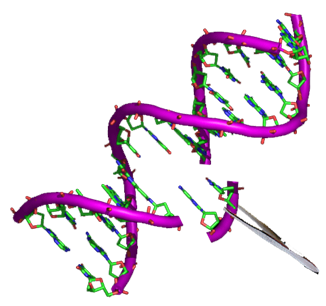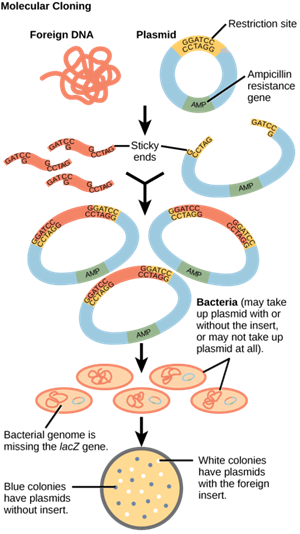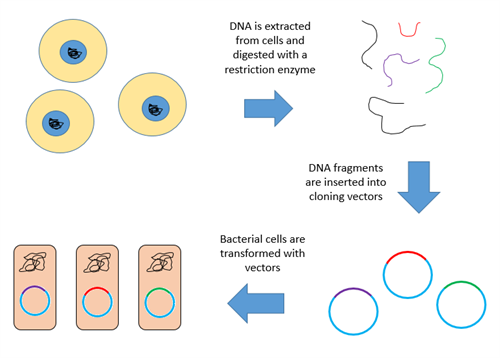
PUMPA - SMART LEARNING
எங்கள் ஆசிரியர்களுடன் 1-ஆன்-1 ஆலோசனை நேரத்தைப் பெறுங்கள். டாப்பர் ஆவதற்கு நாங்கள் பயிற்சி அளிப்போம்
Book Free DemoThe process of genetic engineering includes:
- Formation of recombinant DNA (rDNA)
- Usage of gene cloning
- Gene transfer.
Genetic engineering allows scientists to isolate and introduce the desirable genes without introducing the undesirable genes into the target organism.
Do you know the fate of the piece of DNA which is transferred to the foreign organism?

Introducing the foreign DNA into the host DNA
A piece of DNA introduced into the foreign organism cannot have the ability to multiply. It can multiply when it is integrated with the host DNA, as it becomes part of a chromosome that possesses the ability to replicate.
A specific DNA sequence called the origin of replication in a chromosome is responsible for initiating replication. Thus, foreign DNA linked with the origin of replication starts to replicates in the host organism. This process is called cloning and forms multiple identical copies of template DNA.
Gene Cloning:
What comes to your mind when thinking or hearing about the word clone? "Dolly", the cloned sheep, comes to mind. Now, first, what is a clone?
Clone is a carbon copy of an individual. A clone is a process of creating a genetically identical copy of an organism. Gene cloning involves inserting a gene or a DNA fragment into a bacterial cell, which then multiplies (copies) the DNA when the cell divides.
The basic steps involved in gene cloning is outlined below:
a. Isolating the desired DNA fragment using restriction enzymes.
b. Inserting the DNA fragment into a suitable vector called plasmid to make rDNA.
c. Incorporation of rDNA into the bacterial host cell (Transformation).
d. Selection and multiplication of recombinant host cell to obtain a clone.
e. Expression of the cloned gene in a host cell.

Steps involved in gene cloning
Using the above procedure, several enzymes,
hormones and vaccines can be produced. Let us now look at the construction of an artificial recombinant DNA molecule.
Important!
The first recombinant DNA was constructed by Stanley Cohen and Herbert Boyer in the year \(1972\). A piece of DNA from a plasmid carrying antibiotic resistance gene in the bacterium Salmonella typhimurium was cut with the help of restriction enzymes.
The piece of foreign DNA was cut using restriction enzymes. Further, the foreign DNA was linked with the plasmid DNA to act as a vector using DNA ligase.
The newly formed DNA having integrated fragments of the antibiotic-resistant gene is known as recombinant DNA.
The vector is used to transfer the recombinant DNA to Escherichia coli. When recombinant DNA is transferred to E.coli, it could replicate in the new host cell in the presence of DNA polymerase enzyme to make multiple copies of rDNA.
The ability to producing copies of the antibiotic-resistant gene in E.coli is termed cloning of the antibiotic-resistant gene.

Recombinant DNA technology
Reference:
https://upload.wikimedia.org/wikipedia/commons/thumb/e/ef/Figure_17_01_06.png/1024px-Figure_17_01_06.png
https://upload.wikimedia.org/wikipedia/commons/7/7e/Genomic_Library_Construction.png
https://upload.wikimedia.org/wikipedia/commons/a/a1/Genetic_engineering_logo.png